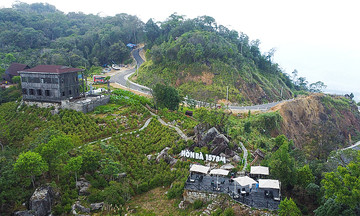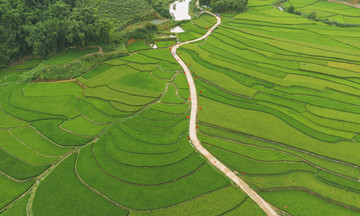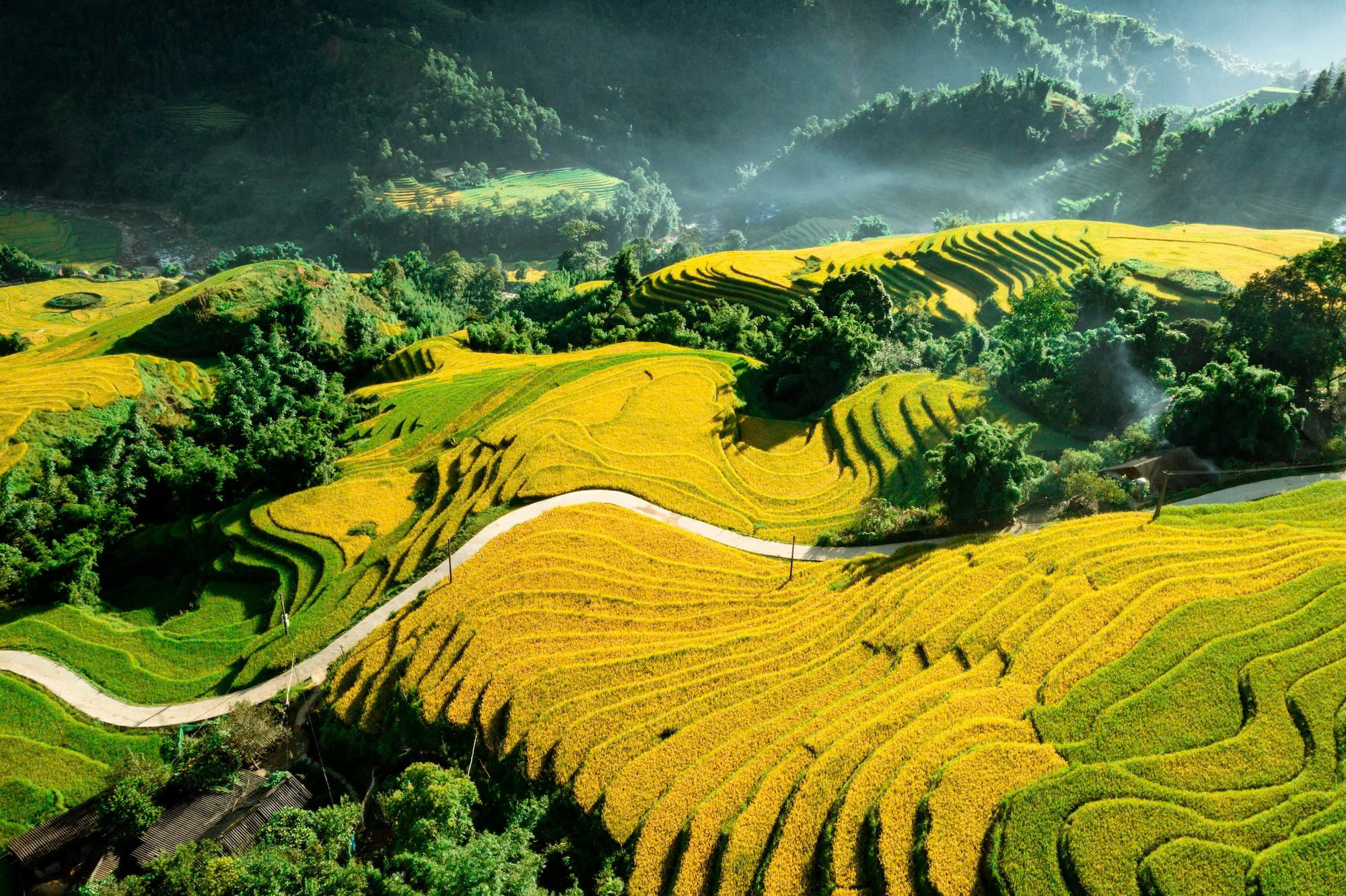 |
According to the Hong Kong newspaper SCMP, villages perched on mountainsides across Asia offer breathtaking scenery, captivating views, and agricultural techniques passed down through generations.
Whether accessed by winding mountain passes, forest trails, or cable cars, each of these 6 destinations invites visitors to slow down, breathe deeply, and appreciate life shaped by altitude, heritage, and unique landscapes.
Ta Van, Vietnam
Located 12 km from the center of Sa Pa (Lao Cai province), Ta Van nestles in a lush green valley, home to the Giay and Hmong ethnic groups. Traditional stilt houses scatter among terraced rice fields that change color with the seasons, surrounded by streams, waterfalls, and bamboo forests. Unlike the bustling Cat Cat village, Ta Van maintains a slower pace of life. Visitors can rent motorbikes to explore further afield, or simply follow the trails to watch the sunrise paint the valley gold. Photo: Duong Quoc Hieu
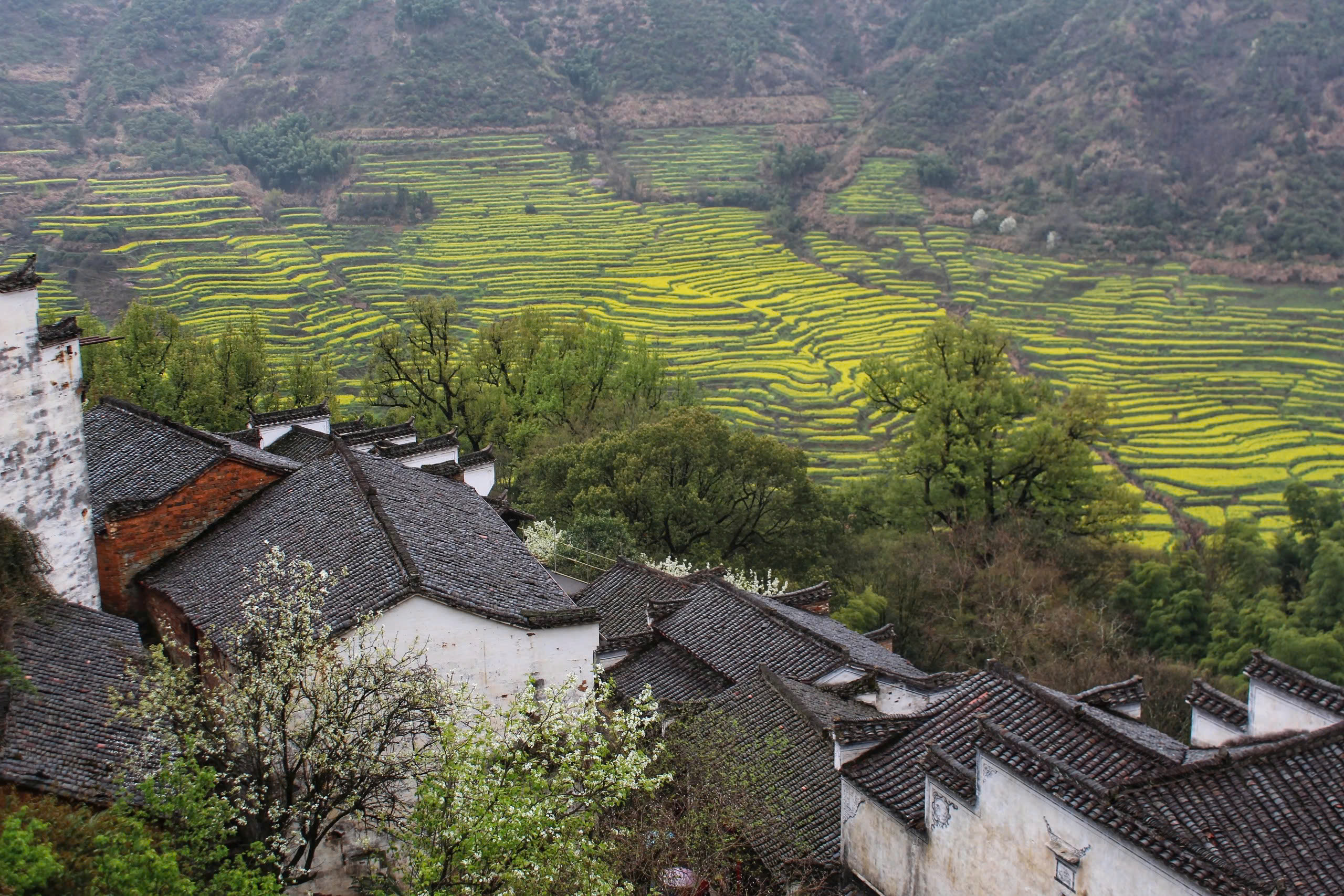 |
Huangling, China
Nestled on the slopes of Mount Wuyi (Jiangxi province), Huangling village bursts with color every autumn. The white-walled, black-tiled houses – a characteristic architectural style – are draped with bamboo trays drying red peppers, yellow corn, and dried chrysanthemums, creating a vibrant tableau known as the "golden roofs." This 500-year-old tradition of drying agricultural products faded until its revival in 2009, transforming Huangling into a model rural tourism destination.
A cable car transports visitors from the foot of the mountain to the village, passing over terraced fields and observation decks – particularly popular during the shaiqiu (crop drying) season. Photo: rachelmeetschina
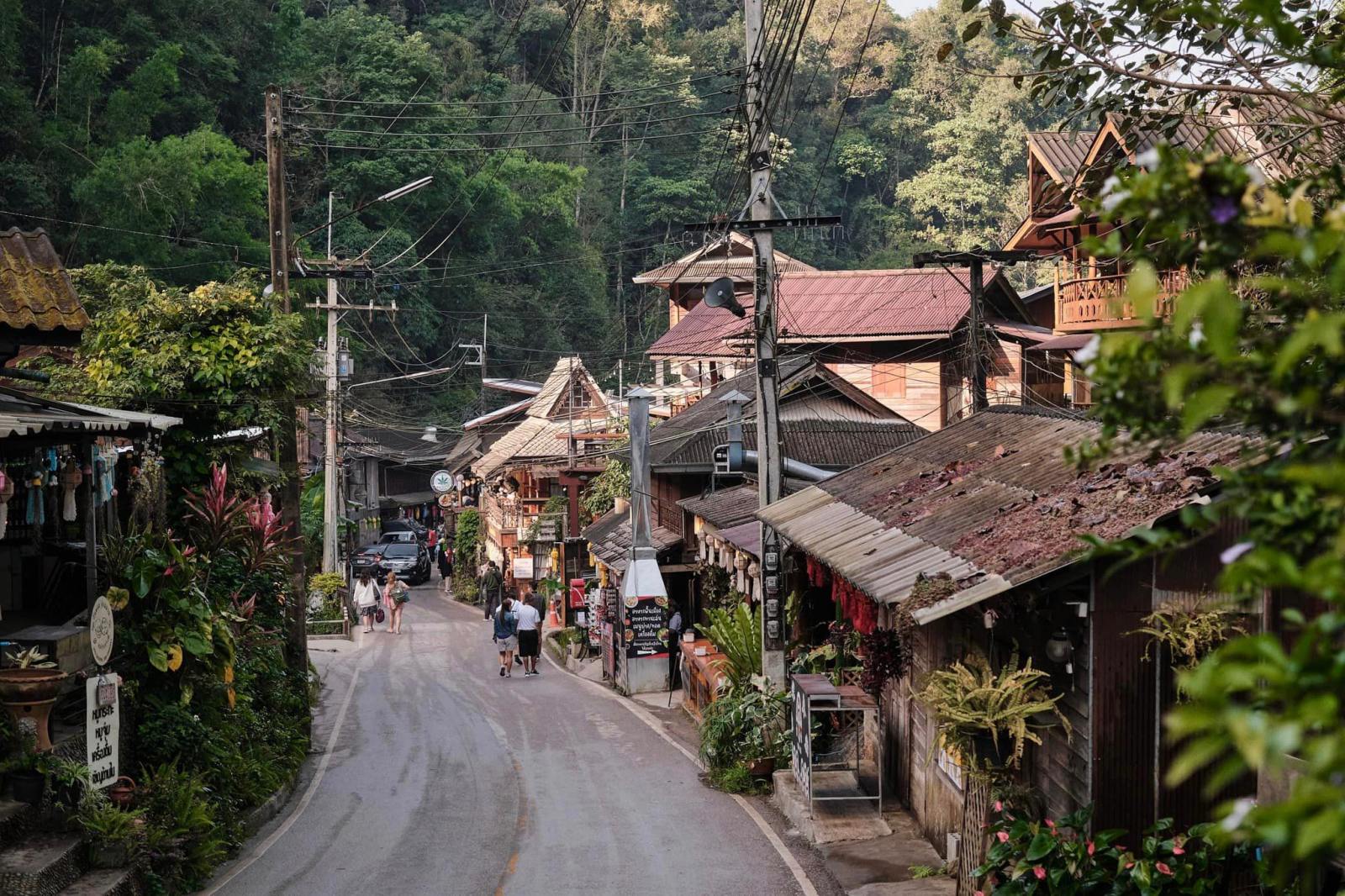 |
Mae Kampong, Thailand
About an hour's drive from Chiang Mai, Mae Kampong enjoys a cool climate year-round, shrouded in a light mist, making it ideal for growing tea and coffee. Community tourism plays a vital role in local life, helping residents maintain traditions and improve livelihoods through activities like harvesting crops and caring for livestock.
A one-day tour of the village is available for 1,300 THB. Photo: Mavis Vi Vu Ky
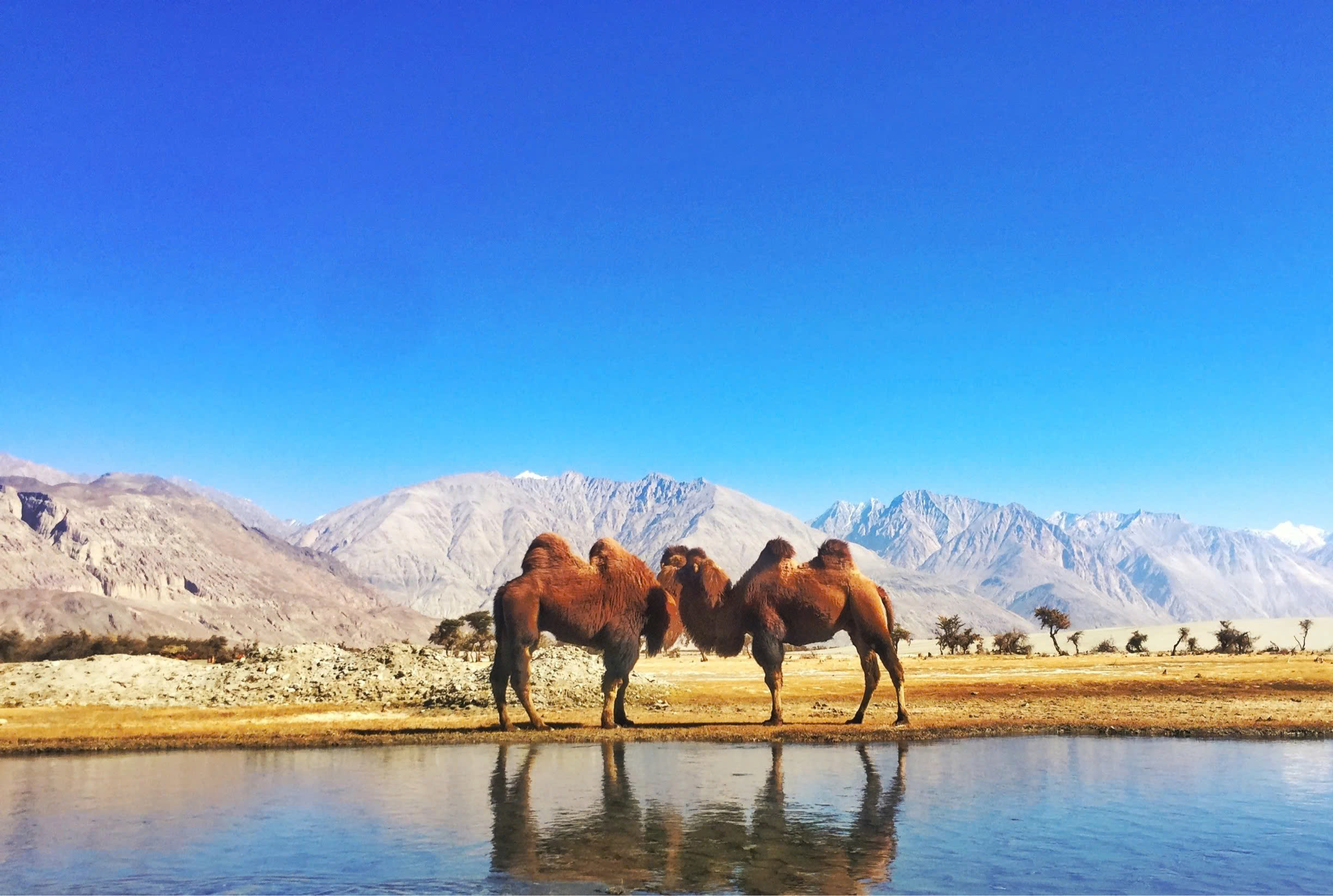 |
Hundar, India
Located in the Nubra Valley in the Ladakh region, Hundar village is nestled among windswept sand dunes and the foothills of the Himalayas. Hundar blends natural beauty, Buddhist culture, and the characteristic hospitality of northern India.
Standing out against the white sand are the ruins of the Elephant Palace and ancient red-and-white gompa monasteries. At night, visitors can enjoy "glamping" under the stars. A two-humped camel ride at sunset offers surreal views as the mountains cast a golden-purple hue over the valley. Photo: Lakrook
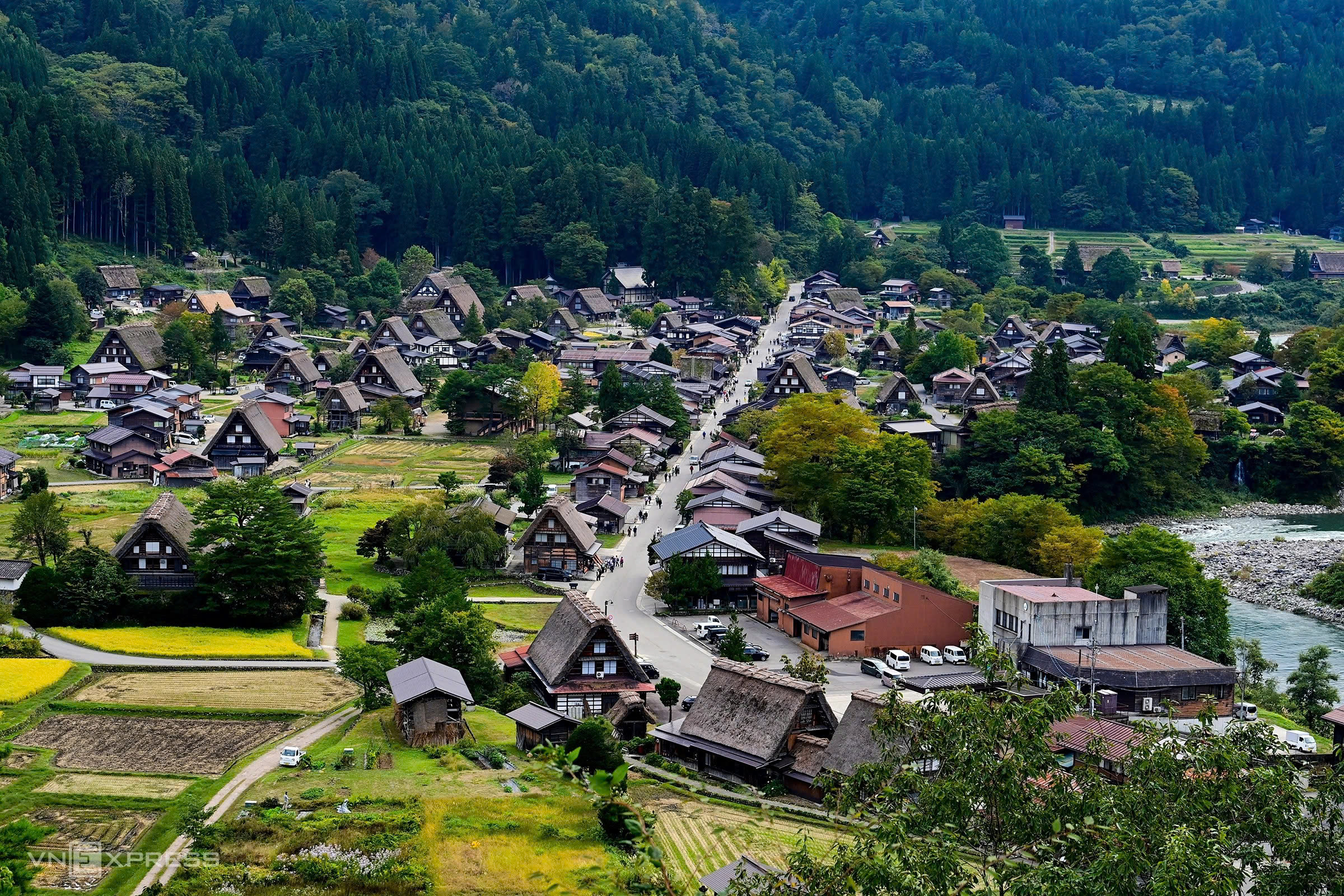 |
Shirakawa, Japan
Hidden in the Gifu mountains, Shirakawa evokes memories of old Japan with its gassho-zukuri thatched roofs (resembling hands clasped in prayer), designed with a 60-degree slope to shed snow. Some of these old houses are now luxury ryokans (traditional inns) like Shiroyamakan (from 353 USD/night) and Shimizu (from 8,800 yen/night), serving tea ceremony-style dinners by the fireside.
The village transforms with each season – white snow in winter, blossoms in spring, lush greenery in summer, and vibrant gold in autumn. Day tours to Shirakawa cost around 12,000 yen, including an English-speaking guide. Photo: Giang Huy
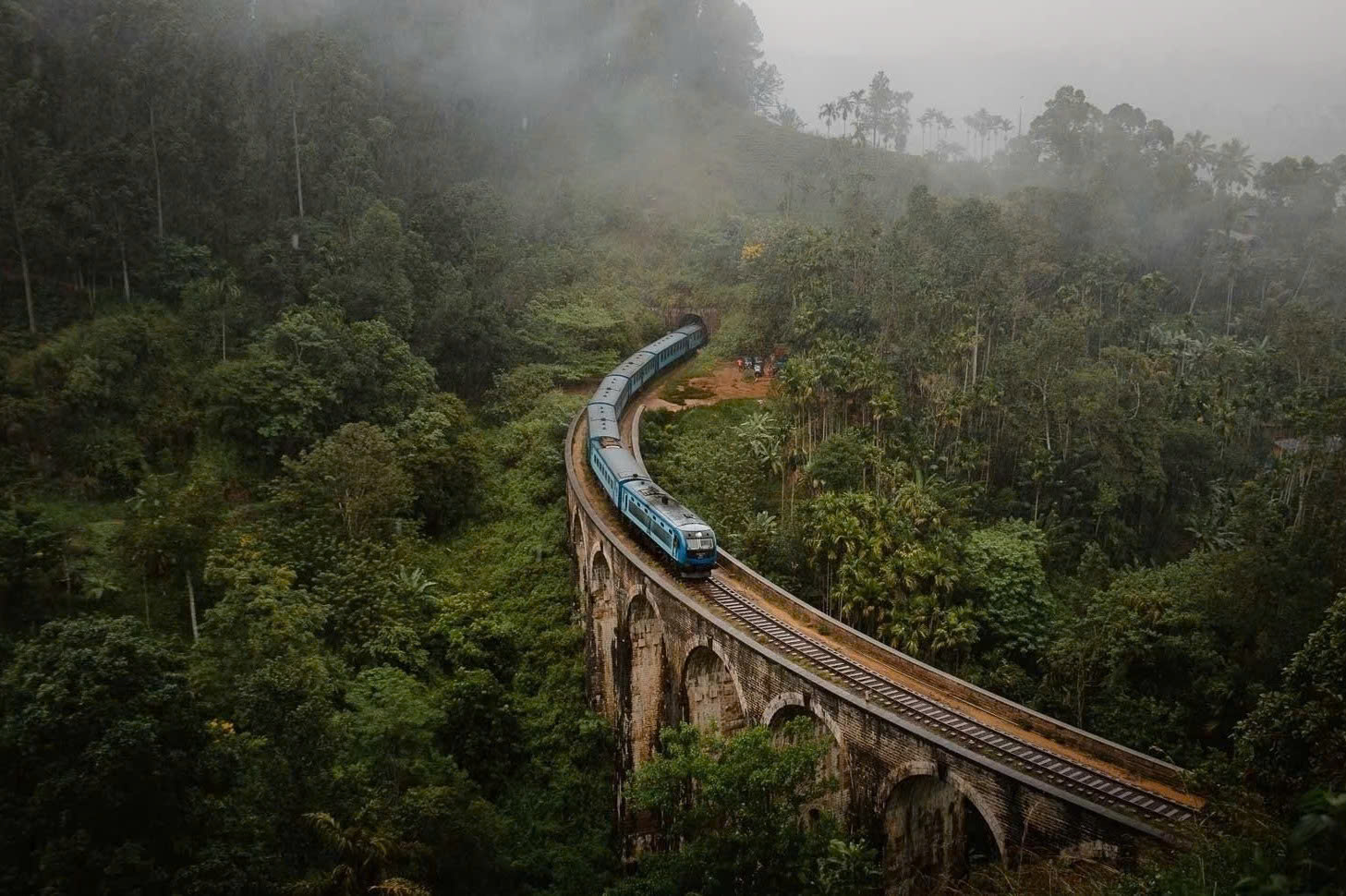 |
Ella, Sri Lanka
Nestled amidst tea plantations, Ella is a tranquil stop for those seeking refuge from the dusty coastal tourist trails. The Colombo-Badulla train journey across the Nine Arch Bridge offers spectacular views of terraced tea fields, waterfalls, and jungle. Hikers often choose Little Adam's Peak for its 360-degree panorama of the surrounding mountains and clouds. Here, resorts built entirely from recycled wood on tea plantations, overlooking the magnificent Ella Gap, start from 200 USD/night. Photo: The Common Wanderer.
Tuan Anh (SCMP)



